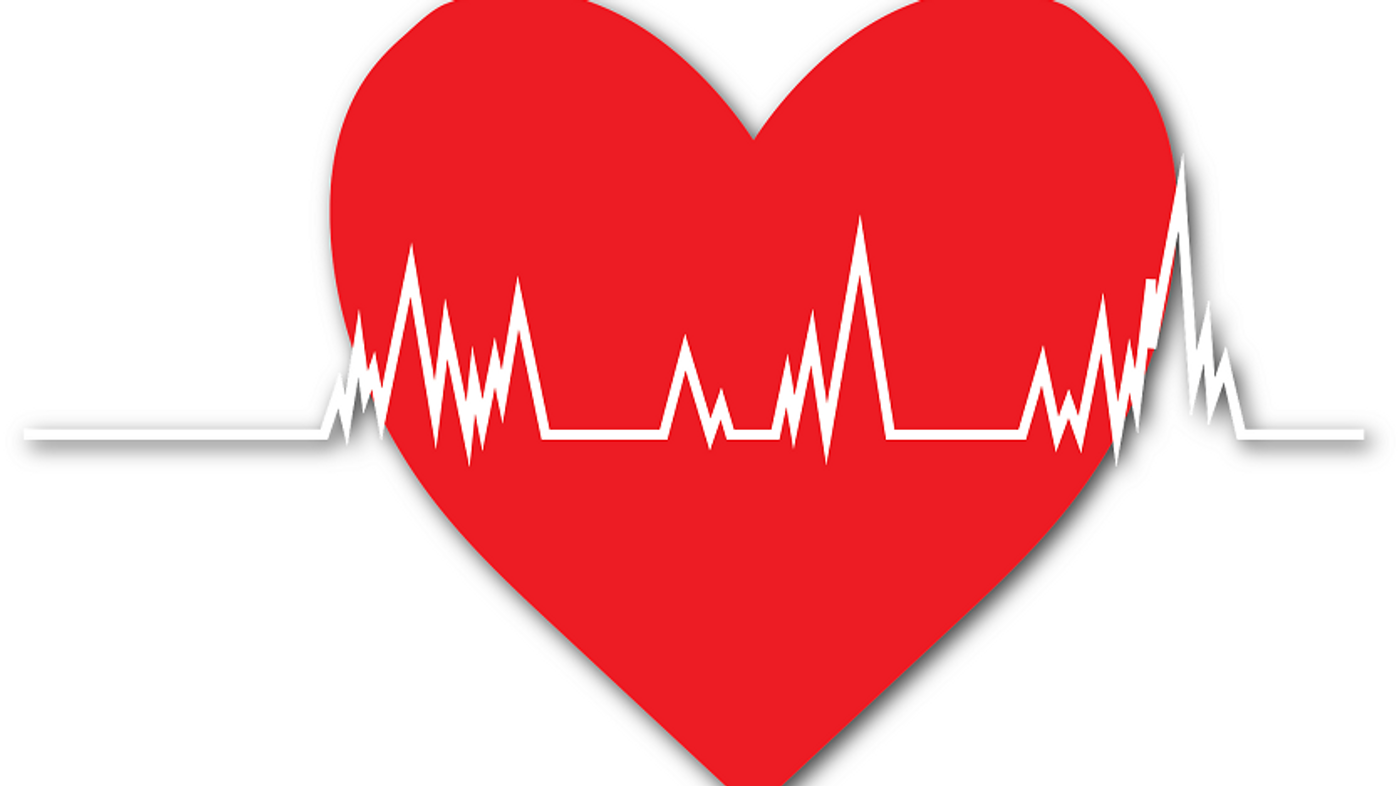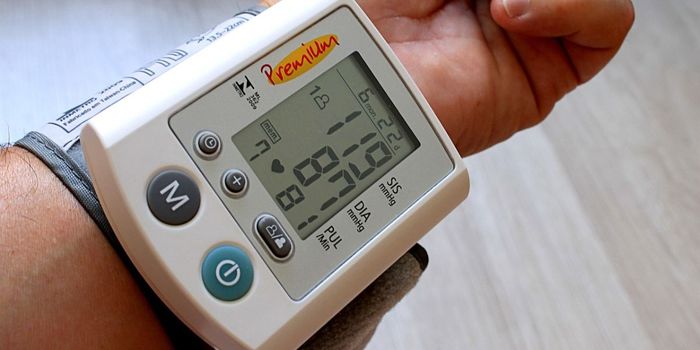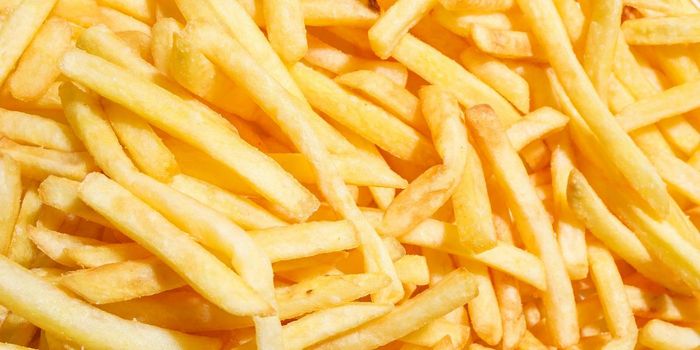Protecting the Heart After a Heart Attack
Cardiovascular disease accounts for thirty percent of mortalities around the world. These diseases start small and slowly worsen until they cause a cardiac event, such as a heart attack. Many don’t know that while a heart attack can cause extensive damage to the heart, uncontrolled recovery can be just as harmful.
A heart attack occurs when a cardiovascular disease restricts blood flow to the heart. Current treatments center around getting rid of the blockage restricting blood flow, but uncontrolled reperfusion (restoring blood flow) can also cause tissue damage in a variety of ways. Many new treatments for heart attacks center around protecting against this reperfusion damage.
A team from Gifu Pharmaceutical University in Japan are tackling this problem by investigating the growth factor progranulin. Progranulin has shown promise in protecting other tissues against reperfusion damage, and with this study, they wanted to see if it worked in the heart.
The team began by investigating progranulin levels in mouse models after a simulated heart attack. In the regions in and bordering the tissue damage, they could see an increase in progranulin. Administering progranulin before the simulated heart attack resulted in a significant decrease in the overall area of tissue damage.
Next, the team tested if they could see the same results in rabbits. They administered progranulin after a simulated heart attack and again saw there was a smaller area of tissue damage. These rabbits also showed stronger heart activity after recovery compared to rabbits who did not receive progranulin. Progranulin managed to exert some protection against reperfusion damage.
The team hypothesized that progranulin might protect against damage caused by an excessive immune response. Immune cells called neutrophils have a role in clearing dead cells but can also cause damage themselves in large immune responses. Indeed, there was a decrease in the neutrophils present after progranulin was administered, but other works support other pathways, and this study could not elaborate further.
The team concludes, “… we demonstrated that the dynamic changes of expression and localization of progranulin after MI. Progranulin may have therapeutic potential for myocardial ischemia and reperfusion injury.” Further study is needed, but it shows promise as a secondary treatment for heart attack patients.
Sources: Nature Scientific Reports, Centre for Innovation - Leiden University









